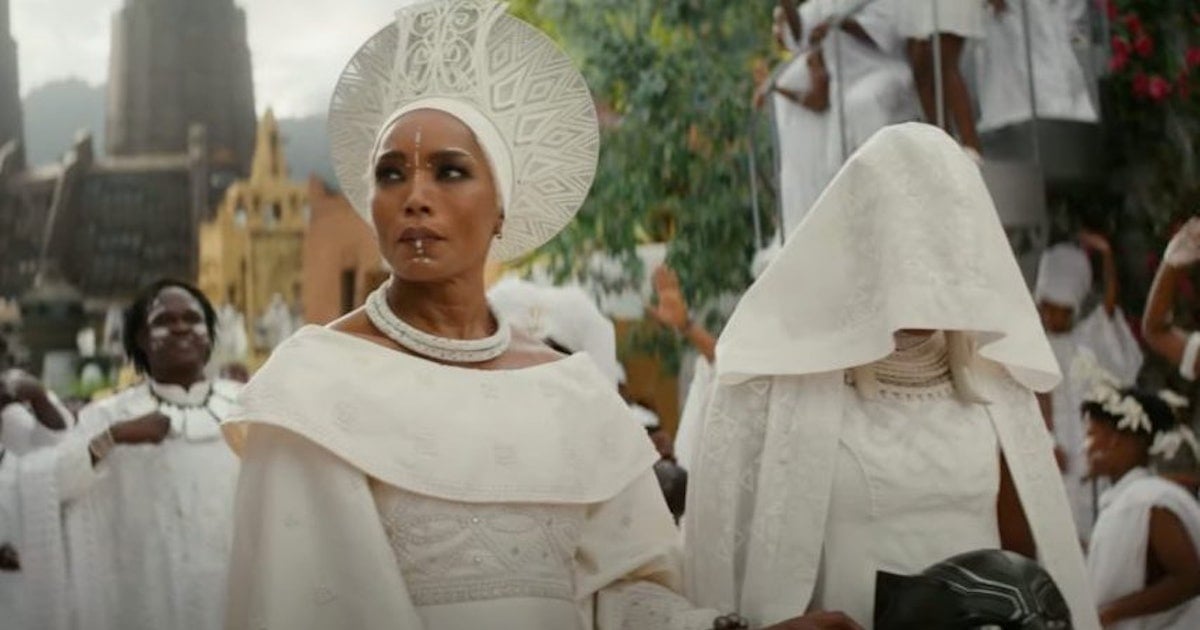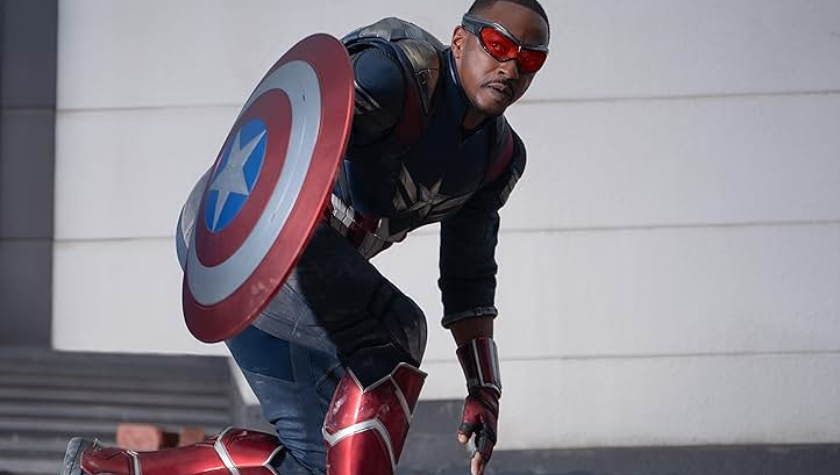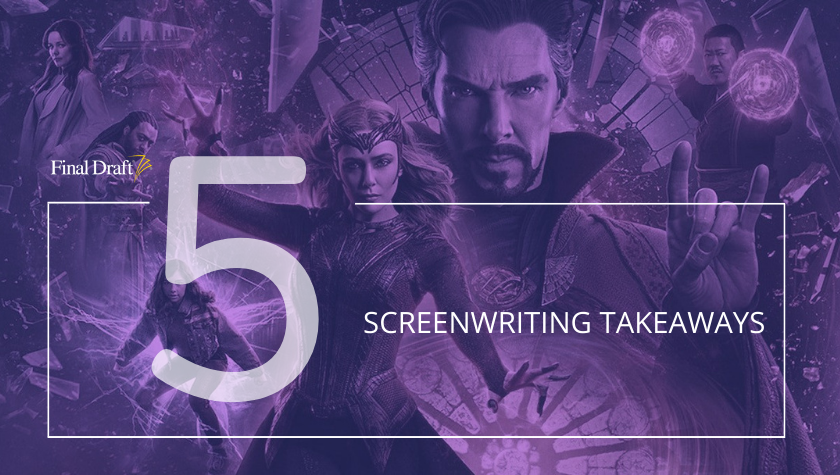5 Screenwriting Takeaways: ‘Morbius’ tells a comic book Jekyll & Hyde tale
April 15, 2022
Dr. Michael Morbius is a genius. He’s a biochemist who received a Nobel Prize for creating synthetic blood that can be used in place of real blood, thereby reducing the need for human donation. This invention has saved countless lives, and yet he can’t seem to crack the code to his own genetic blood disorder that causes weakness and the need to use crutches for mobility.
Morbius is a comic book film, which means the determined doctor must find a way that not only cures his ailment, but also accidentally gives him extraordinary powers. Similar to the new iterations of Venom, which turns a villain into a somewhat anti-hero, Morbius is the bad guy who struggles with becoming the type of person the audience wants to root for.
Turning a villainous character into a hero means the antagonist in this film must represent what Morbius would become if he chooses to go bad.
Morbius was written by Matt Sazama and Burk Sharpless, and directed by Daniel Espinosa. The film stars Jared Leto, Matt Smith, Adria Arjona, and Jared Harris.
Here are five screenwriting takeaways from Morbius.
1. The superhero universe
Morbius doesn’t quite feel like a Marvel superhero movie. Granted it’s an origin story, but it feels gloomy in the overall Spider-Man universe; feeling more akin to the DC Universe. But it is Marvel and Spider-Man, and the writers of the film had to ensure that the rules of the Marvel Cinematic Universe were present.
There are small nods to its universe, including the quick shots of a Daily Bugle newspaper getting tossed down for Morbius to read, as well as a quick joke regarding Venom. The film feels like the early Marvel films, where there were small connections to things to come.
One example, as seen in the trailer of Morbius, is Adrian Toomes (played by Michael Keaton) who hasn’t been seen since Spider-Man: Homecoming. This shows how Morbius lives in the same universe as Spider-Man and, because of the Venom reference, hints at a future where all would meet in a film.
The writers of these films must abide by the Marvel and Spider-Man rules, which include references to other characters, even if they aren’t in this film, and work within a broader scope of the story that goes beyond just this movie.
2. Friends become enemies
Regardless of the genre, a story involving friends who ultimately become enemies is always a powerful idea. Whether it’s a comic book film like Morbius or a drama like The Social Network, a rift between friends can be a powerful tool in increasing audience engagement in a movie.
Imagine what would happen if your best friend since childhood started doing evil things. How would you react when you’re trying to be moral, especially if they want you to join them? This type of conflict has been a consistent way that storytellers use to bring pain to their characters. And it works, as long as the relationship is set up solidly.
In Morbius, the film opens with a young Morbius (Charlie Shotwell) meeting a young Milo (Joseph Esson) at a home that takes care of children with this rare blood disorder. Their bond is forged and a lifelong friendship ensues. As adults, both have a stellar relationship, that is until Morbius finds his cure and Milo (Smith) wants in. Morbius sees the problems his cure causes by turning him into somewhat of a vampire and wants to solve it, whereas Milo sees the control and power he’s always wanted.
A conflict amongst best friends ensues.
3. The powers of good
If you could have one superpower, what would it be? I’m sure you’ve had this debate with friends. Would you choose flight? X-ray vision? Super strength?
Comic book and superhero movies will often pose this question because, well, characters are human. When a character realizes what powers they have, they may exploit them or find them uncontrollable. The story involves the hero discovering how they can use this power for good while, especially in an origin story, the villain wants to use a similar power for bad.
In the first Iron Man, Tony Stark creates the suit and finds its advantages and weaknesses as his longtime friend-turned-enemy (sound familiar?) Obadiah Stane wants the suit for its power. Stark then realizes how he can be good as Iron Man.
Morbius struggles with his newfound strength and health and comes to terms with needing these powers to take down his enemies. Writers can see the internal conflict that heroes go through on their road to coming to terms with being a good guy.
4. Jekyll and Hyde
There are many comparisons between Dr. Jekyll and Mr. Hyde and this origin story. Naturally, the good doctor is Dr. Morbius who tenderly takes care of children suffering from the same disorder he has. He creates elaborate origami and speaks softly. Despite all of the problems he’s had in life, Morbius is a gentle person whose life centers around saving people.
Now, his supposed cure turns him into a ravenous vampire-type Mr. Hyde who kills for the purpose of draining the blood out of his victim’s body. The only way to control this is to find a cure or find the means of procuring blood.
Writers can see how to craft a familiar story into their own. Many literary classics can be used as the backdrop for modern storytelling. From The Odyssey to Frankenstein, there is much in the past to help inspire creativity.
5. Every hero needs some help
Whether they’re a mentor, a sidekick, or a partner, every hero needs others to keep them grounded. In Morbius, there are two: Dr. Nicholas (Harris) and Martine (Arjona).
Dr. Nicholas plays a father figure to both Morbius and Milo. He recognizes the gifts that a young Michael has and sends him to New York to continue treatment and education. For the next 20+ years, Dr. Nicholas treats Milo, eventually moving to New York. He plays a consistent, calming presence in Milo and Morbius’s lives; the gentle doctor that Morbius emulates.
Martine is a scientist alongside Morbius acting as his moral compass. While she plays a significant role in his transformation into a vampiric being, she also helps him as he struggles to find a cure that will rid him of this ill-fated treatment.
These types of characters help guide the protagonist to make the choices they do and how their presence has impacted them throughout their life to this point of divergence.
Morbius is currently playing in theaters.
Written by: Steven Hartman
Steven Hartman is an award-winning, optioned screenwriter. He was a Top 5 Finalist in Big Break’s Historical Category in 2019 and won Best Action/Adventure in Script Summit’s Screenplay Competition in 2021. He holds a Bachelor of Arts degree from Columbia College and had internships at Jerry Bruckheimer Films and Village Roadshow Pictures. Steve is a full-time writer and creative video producer by day and a screenwriter and novelist by night.



